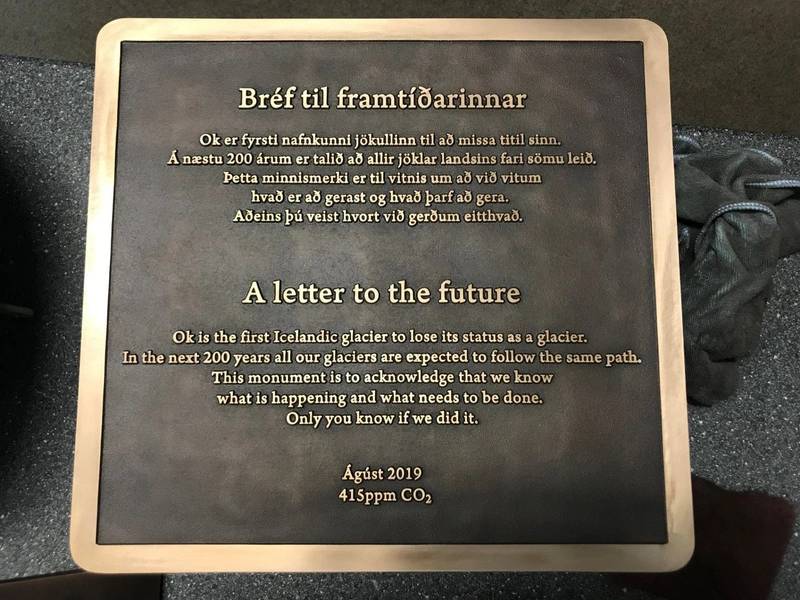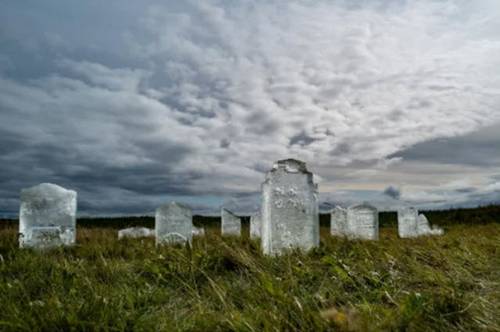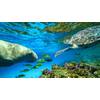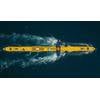A Graveyard for Glaciers
Last year, headstones carved from ice by Icelandic sculptor Ottó Magnússon were placed in a windswept field by the sea to create, before they melted away, a Glacier Graveyard. The headstones bore the names of glaciers from around the world that are lost or waning due to global warming.
Among them were:
• Pico Humboldt, the last of Venezuela's glaciers, now gone
• Anderson Glacier, in Washington U.S., disappeared in 2011
• Kilimanjaro, the final remaining glacier in Africa
• Aujuittuq in Canada: its Inuit name means "A place that never thaws" although it is now thawing.
Projections indicate that one-third of glacier sites could disappear by 2050, so on March 21, 2025, global leaders, scientists and policymakers will gather at the United Nations Headquarters in New York and Paris to mark the first-ever World Day for Glaciers.
To coincide with this, the World Meteorological Organization released its State of the Global Climate report. It comes before World Glaciers Day on March 21, World Water Day on March 22 and World Meteorological Day on March 23. It states:
• The 18 lowest Arctic sea-ice extents on record were all in the past 18 years.
• The three lowest Antarctic ice extents were in the past three years.
• The largest three-year loss of glacier mass on record occurred in the past three years.
• In 2024, global mean sea level reached a record high in the satellite record (from 1993 to present).
There are over 200,000 glaciers worldwide covering around 700,000 km2 of the Earth’s surface, and over 2 billion people rely on glacier and snowmelt for freshwater.
Ice loss from glaciers contributed around 21% of the total sea-level rise over the period 1993–2018, around half the contribution from expansion due to ocean warming (42%) but larger than contributions from melting of the ice sheets in Greenland (15%) and Antarctica (8%).
“The conversation about climate change can be very abstract, with many devastating statistics and sophisticated scientific models that may feel incomprehensible,” said Rice University anthropologist Cymene Howe back in 2019 when a memorial was unveiled, the first of its kind in the world, at the place where the Icelandic glacier Okjökull once stood.
One of the ideas behind the subsequent Glacier Graveyard ceremony was to help people feel the impacts of climate change on a more emotional level even if they had no direct contact with glaciers. Speaking from there in 2024, Howe was also part of the launch of the world’s first Global Glacier Casualty List.
“All of us standing here will one day die,” said Howe. “Every person that we know, or have ever known, will also die. That is what it means to be human. That is what it means to be living. But the glaciers of the world do not need to die. They can continue to live, and to thrive, if we, collectively, can choose a better way into the future.”

Author Andri Snær Magnason wrote the words for the memorial plaque.


















 August 2025
August 2025



